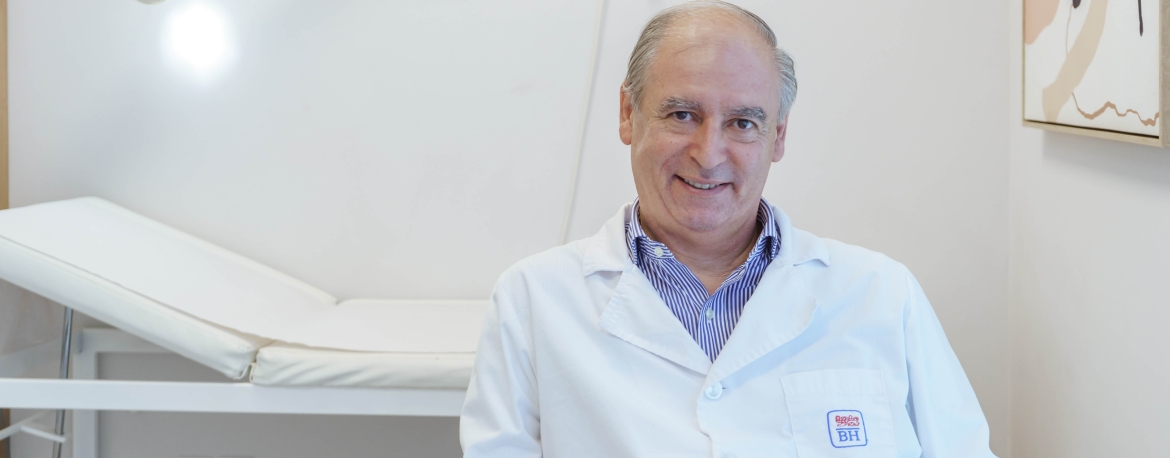PUBLICATION DATE:

The British Hospital has incorporated new technological equipment for the diagnosis and treatment of skin diseases.
As a result of its development policy which is focused on the provision of excellent health services, the British Hospital has incorporated new technological equipment to its Dermatology Department which approves it as a reference center for the diagnosis and treatment of skin diseases.
In 2019 its Dermatology Department began a process with 15 specialists that includes the adoption of new technologies in areas such as dermatological imaging and phototherapy. It incorporated three teams that will enhance its activities and result in benefits for hospital scheme members and British Haspital users as they help in better diagnostic precision and they favor an earlier therapeutic response.
It acquired the last generation Phototherapy Unit which allows the treatment with narrow-band ultraviolet radiation lamps, of diseases such as psoriasis, atopic dermatitis, vitiligo, pruritus and cutaneous lymphoma, among others. The computerized record also allows better monitoring and control of the patient's evolution, according to the established therapeutic plan.
At the same time the Imaging Unit of Dermatology Department was extended by acquiring two "fundamental" pieces of equipment according to its director Dr. Carlos Carmona.
The specialist explained that it is in the first place a confocal laser microscope for in vivo diagnosis of skin cancer, melanoma and non-melanoma. "This equipment allows high-precision diagnoses of cancer, non-melanoma and melanoma without the need to perform diagnostic biopsies," explained Carmona and he also highlighted that it is an "in vivo, non-invasive" procedure. In this context, in many cases it makes it easier to speed up surgical treatment times. He also said that another benefit is the definition prior to surgery of the exact border of the tumor, which allows surgery to be planned with greater precision.
The second one is a digital dermoscopy equipment with a complete body photographic mapping system. The new technology incorporated "adds precision to the previous digital dermoscopy. "It makes it possible to scan the body surface using high-definition photographs, which allow more precise monitoring of patients at risk for melanoma."
This equipment uses artificial intelligence "to recognize differences between photographs over time in patients with, for example, multiple moles. "It captures the differences with high-definition images," which allow us to establish if there are significant changes or new moles, Carmona explained.
He insisted that identifying suspicious lesions facilitates the diagnosis of traditional digital dermoscopy and highlighted that body mapping and scanning of photos and their comparison with previous ones of the same patient which is what allows progress in that direction.
Carmona highlighted the importance of having this equipment, not only because it is a last generation one but also because for what it allows in terms of non-invasiveness, diagnostic accuracy and fast therapeutic response.
These additions take place within the framework of a continuous updating process that is support by research work and the participation in national and international events in the specialty.